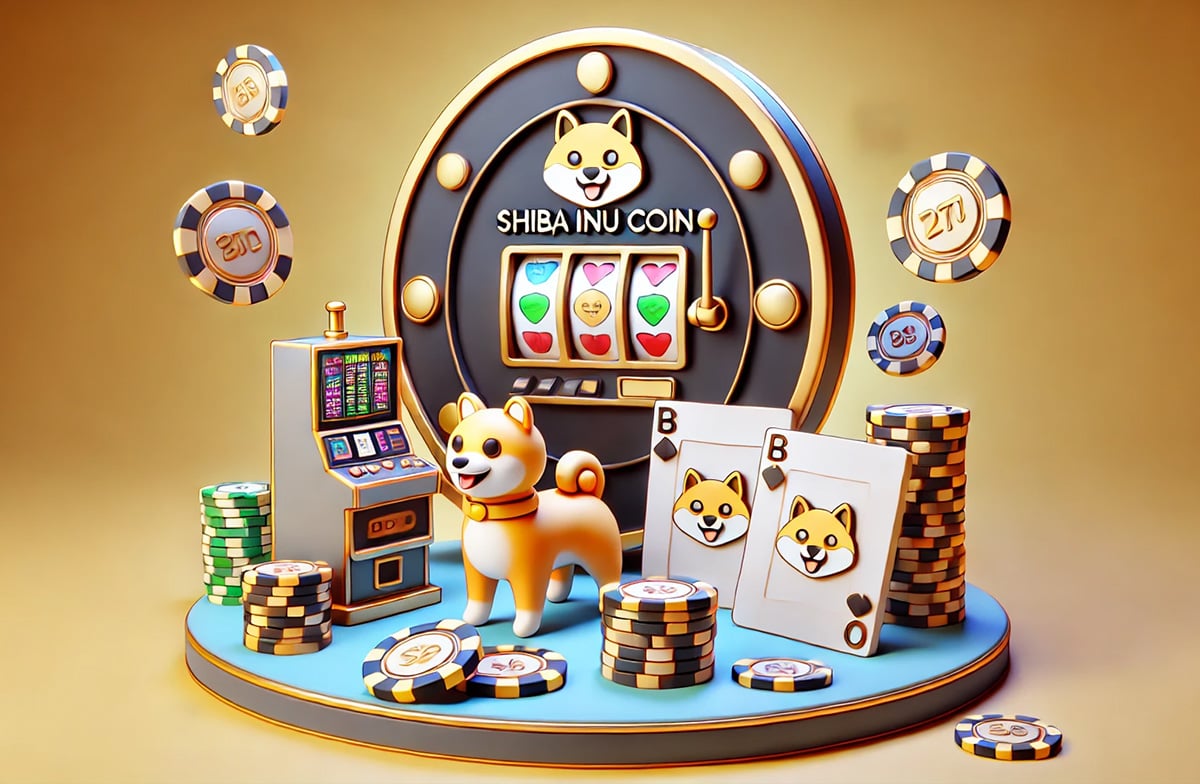In the last two decades, gaming has transformed from a leisure activity enjoyed in the confines of one’s home to a multi-billion dollar global industry that showcases the power of competition and community. E-sports, characterized by organized, multiplayer video game competitions, has rapidly risen to prominence, creating a vibrant culture and making significant waves in mainstream entertainment. This article explores the journey of gaming from a casual hobby to a competitive phenomenon that has captured the hearts and minds of millions worldwide.
The Birth of Gaming Culture
Gaming has a long history, dating back to the arcade days of the late 1970s and early 1980s with iconic titles such as "Pong" and "Space Invaders." However, it wasn’t until the advent of home consoles and personal computers that gaming found a foothold in households. The 1990s and early 2000s saw the rise of genres like first-person shooters, real-time strategy, and role-playing games, fostering communities of dedicated gamers.
As the internet became more ubiquitous, it enabled players to compete and communicate with each other in ways never before imaginable. Games like "StarCraft," "Counter-Strike," and "Warcraft III" laid the groundwork for competitive gaming, encouraging players to hone their skills and participate in tournaments. These games nurtured the development of a competitive spirit and established the idea of e-sports.
The Evolution of E-Sports
E-sports began to emerge as a distinct entity in the late 1990s, but it wasn’t until the 2000s that it gained significant traction. The establishment of leagues and tournaments such as Major League Gaming (MLG) and the World Cyber Games (WCG) provided a platform for gamers to showcase their talents on an international stage. Streaming platforms like Twitch, launched in 2011, revolutionized how players and fans interacted, allowing millions to watch live broadcasts of competitive gaming events.
As game developers began to recognize the potential of e-sports, they started to design titles with competitive gameplay in mind. Games like "League of Legends," "Dota 2," and "Overwatch" became pivotal to the rise of professional gaming. These titles also introduced systems that incentivized player performance through rankings and rewards, further stimulating the competitive scene.
Mainstream Acceptance and Sponsorship
E-sports began to break into the mainstream in the 2010s, with major media coverage and sponsorship deals becoming commonplace. High-profile events such as "The International" for Dota 2, which boasts a multi-million dollar prize pool, have attracted millions of viewers worldwide. Major companies, traditional sports franchises, and celebrities started to invest in e-sports teams and tournaments, legitimizing the industry and fostering its growth.
Television networks began broadcasting e-sports events, and colleges formed teams and scholarships for students wanting to pursue competitive gaming. The recognition of e-sports as a legitimate career path has shattered stereotypes surrounding gaming as a frivolous pastime, showcasing it as a viable professional pursuit for many.
The Cultural Impact of E-Sports and Gaming
The rise of e-sports has shaped modern gaming culture in profound ways. It has cultivated communities globally, transcending geographical boundaries. Players from different cultures can connect through a shared passion for gaming, building friendships and rivalries that often translate to real-life interactions. Social media platforms help facilitate these connections, fostering a sense of belonging and community.
Additionally, the influence of e-sports has spilled over into mainstream culture, with references appearing in movies, television shows, and even music. The image of gamers has evolved from recluse enthusiasts to skilled athletes, with competitive gaming now being viewed through a more positive lens.
Future Directions: Challenges and Opportunities
Despite its rapid growth, the e-sports industry faces challenges, including issues of sustainability, player health and well-being, and inclusivity. Ensuring fair competition and addressing concerns around toxicity in gaming remain paramount for its future development.
However, the opportunities are vast. Emerging technologies like virtual reality (VR) and augmented reality (AR) promise to enrich the gaming experience, while advancements in streaming and broadcasting technologies continue to enhance viewer engagement. As games evolve and diversify, new genres and formats will continue to attract audiences and participants alike.
Conclusion
The journey from casual gaming to competitive e-sports has been remarkable, marked by innovation and a deepening cultural appreciation for video games. As e-sports continues to grow, it brings with it not only new challenges but also exciting possibilities for the future of gaming culture. Whether one participates as a player, a spectator, or a community member, the era of e-sports has opened doors to new experiences, proving that gaming is much more than just a pastime—it is a global phenomenon that thrives on passion, skill, and community.



